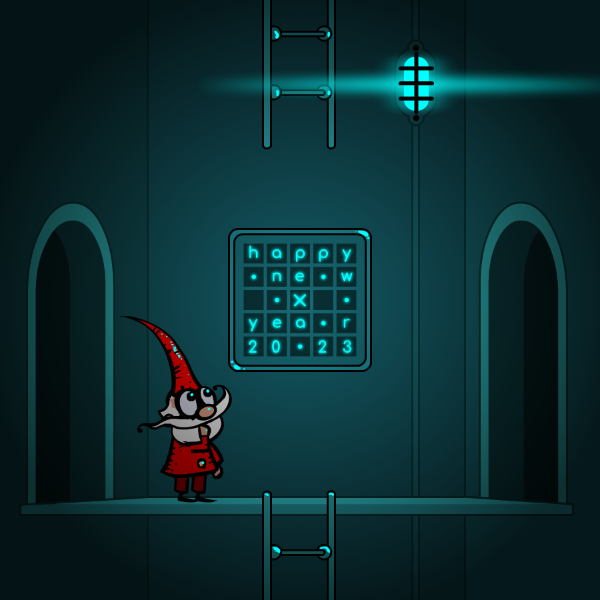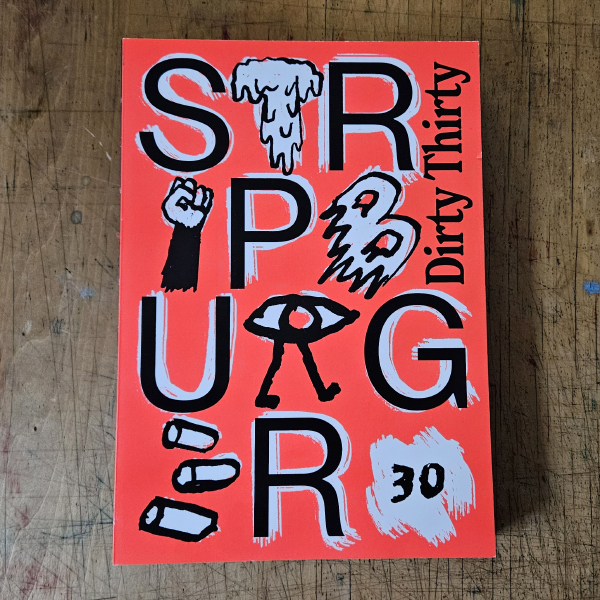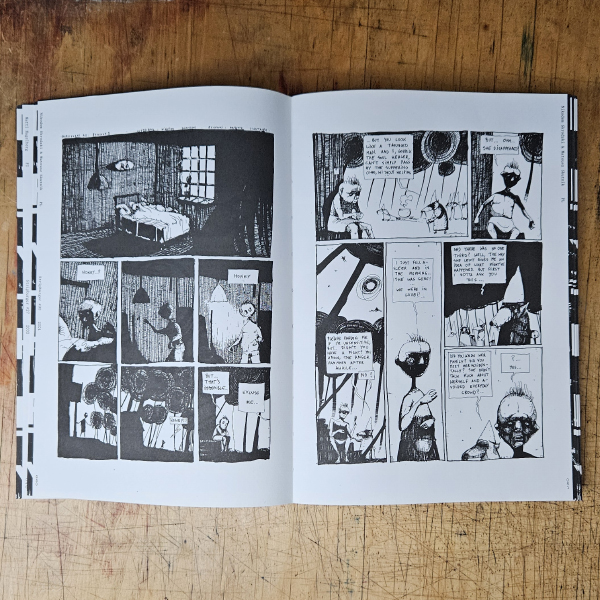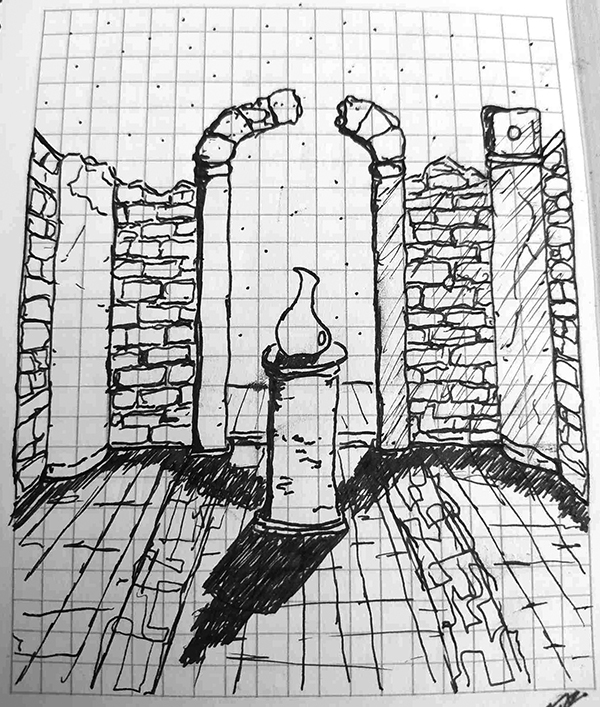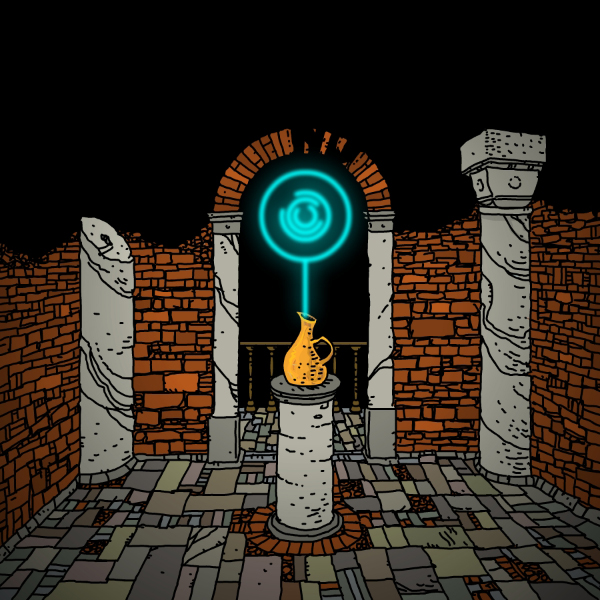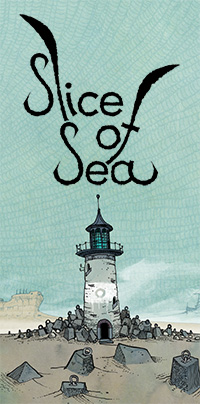2022 wrap-up
January 13, 2023
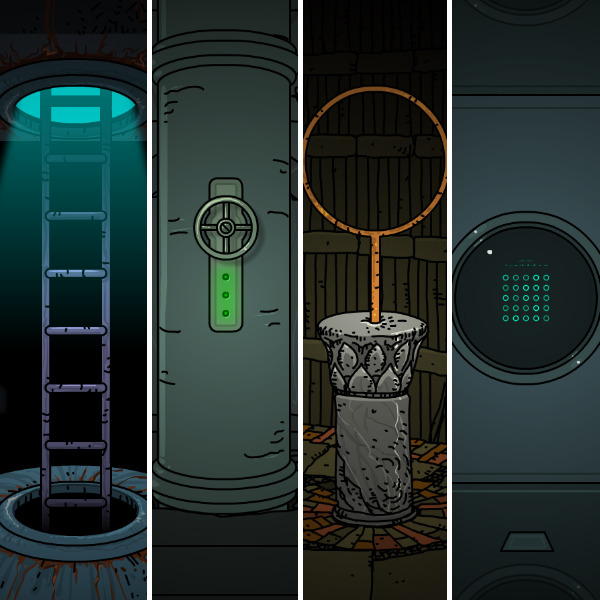
Well, this is a first.
My first year without anything published. First such year since… 2004 or so. Not a game, not a comic book, nothing. But there’s a good reason for this.
Nothing was published, yet so very much was created.
Let me elaborate.
The era of free, small games is long over, a sentiment cemented last year by the ending of “10 Gnomes” and “Where is?…” series of games that were born in the online web browser flash era of days gone.
Would you believe there were people caught by surprise, that the 12-year project of 10 Gnomes ended after 12 years. Shocking, I know.
So this year it came as a no surprise to me that there were people asking where is “Where is 2023?” game, after the series clearly ended last year. Clearly. This series ended so much, that I even wrote about it in last year’s wrap-up.
Now. Let’s take a look:
Plan A
Submachine: Legacy. The remaster of all Submachine games smashed together into one, giant Steam release. I need to write completely new engine for this. I also need to retouch some graphics that clearly need some love after a decade of remaining small-sized web games. I also need to export all of those graphics from flash, animate all moving things in Spine 4.0 or newer and finally create all logic from scratch in Game Maker Studio 2.37 or newer. Is this all doable in one year?… Let’s see.
2022 was the first year of working on just one project. That project being the remaster of all Submachine games.
This was my workflow goal since a long time ago, being able to focus on just one project at a time. Now, some people say this may lead to a burnout, and they might be right, though I never experienced that during development of any Submachine game. The solution to this conundrum is simple – long time ago I was also a comic book author, some of you might remember. Switching between two drastically different projects lets you avoid burnout if you feel tired doing one thing for months on end. This hasn’t happened to me yet, but I still have around 5 comic books on the back burner in case I get tired of creating games. Which I assume will happen after the release of Submachine: Legacy. This will be the year of the shift.
But first, let me walk you through the development process of 2022. After taking a brief sabbatical after finishing Slice of Sea, which realistically ended some time after game release (fixing bugs, adding features, monitoring comments and reviews for possible gameplay improvement opportunities etc) I started writing Submachine game template from scratch in Game Maker Studio 2 in March of 2022.
Why from scratch, you might ask, since I already had the template of Slice of Sea to use?
Writing templates from scratch is probably the best part of game development. Everything is fresh, new, the code is not bloated, you find all your own new paths, you get a boost of confidence in your skill, everything is fine and dandy. Even if you wrote particular chunks of code before you write them anew, looking for improvements that you can make on the way.
the only thing I took from Slice of Sea was the inventory, which to this day I consider as my pinnacle of development achievement and the best thing to happen to my point and click games since… Well, since I got the idea to create the first Submachine back in 2005. It’s that good. In my opinion. Which will surely change in few years.
But Submachine navigation is something completely different from what was implemented in Slice of Sea. You had your Seaweed to move around there, remember? In Submachine you just point and click, no walking of any kind is involved. More over, from time to time I still get those things called “ideas” on how to code things in a better and more efficient way. You see, I had one of those “ideas” in early 2022, so all Submachine template preparation I did before that went straight to trash. Well, proverbially, because I maniacally archive everything I create and keep it on external drives as well as on my PC and my server. At least four copies of all projects. Don’t get me started about archiving things, it’s a long story for another time. So all preparation went to a folder in my archive to never be seen or used again.
But that new template, man, that was something to behold. It went so smoothly, that in one month I already had all mechanics implemented. The movement mechanics are so slick that I even had all locations (rooms) from all Submachines added to that new template by the end of April. All traversable and ready for navigation. I was so very focused in by then, design milestones were flying by, in May I had all necessary logic for creating a playable point and click game (finding items, using items, saving object states, inventory, movement and so on).
And then, in May, I entered another development milestone. The one I’m still in right now… Recreating all active elements and animations using Spine Animation and adding all puzzles to the game. The real meat of the game. Recreating complete Submachine Ancient Adventure took me about a week. Submachine 1 – two weeks. Submachine 2 – a month. You see the pattern? Remember that each consecutive game is bigger and more complex than the previous one? Yeah, and here we are in January of 2023 and I’m still recreating puzzles and active elements, by now in Submachine 8. I barely managed to finish recreating Submachine 7 in December of 2022. Mind you – two biggest chapters are still ahead of me, and one of them is Submachine 10, which in itself is like 5 other games put together size-wise. So yeah, the task of compressing 10 years of game development into one big game for Steam is taking it’s time. I know that’s not a problem for you, you will wait as long as it takes to get final build of the game that is up to my standards. I’m not burned out, I am working on the game every day and I can’t wait to finish it and show you guys the result. I can’t wait to see your reactions to the Legacy. But for that – we all have to wait a bit longer.
Plan B
Submachine Card Game. Preparing a Kickstarter (or Indiegogo) campaign. Once funded – print them decks, send to backers and release the game worldwide. There are countless more steps to this entire thing, but these are biggest milestones. I also want to create loads of youtube videos going over rules and unclear situations that might occur during gameplay.
I decided to release this game after the release of Submachine: Legacy. I count on the fact that Steam release might help a bit with popularity of this here card game. So we wait. It is still done and ready, still waiting for Kickstarter campaign, still being played from time to time, being tweaked and improved, some cards are in, some are out, you know the drill. It’s not dead, dammit!
So let’s look ahead to 2023. Even though we know exactly what is in the oven.
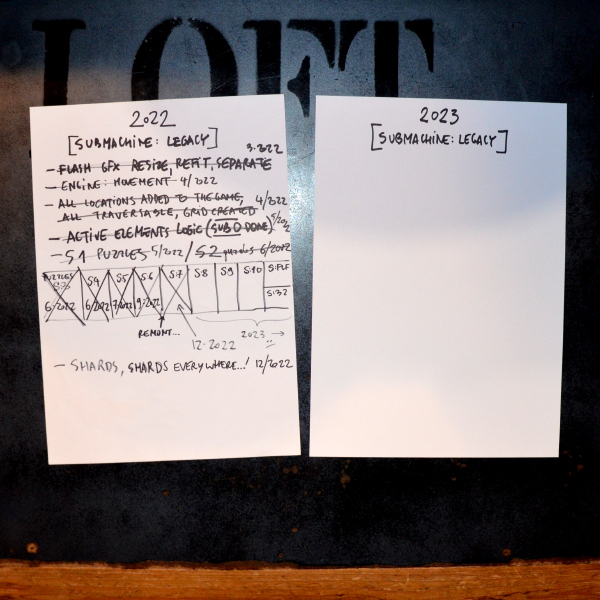
Plan A
Submachine Legacy. Finishing and releasing the game on Steam. Please remember that finishing all in-game puzzles is not the end of development. After that comes entire late-development phase, which includes adding all notes (yeah, I still haven’t decided how to display those, that’s why it’s pushed back to the later stage of development), creating intro, outro, cinematics between chapters, also let’s not forget entire sound design that I have to do with ThumpMonks on board. So there is still a lot of work to do. Be patient. I know you are. Be more patient. It will be worth it. I can’t wait either.
Plan B
Submachine Card Game. Plan minimum here is creating Kickstarter campaign and seeing what comes of it. Then plan and execute accordingly. I know, all I’m saying here is sweet nothings, but hey. I’m neck deep in the Legacy and don’t think about this project that much. Some progress will be made here. Maybe.
Plan C
Blaki 5. Yes, a comic book. Would you believe it. I want to at least try to come back to the idea of drawing a comic book. Try to remember how to do it, at least begin painting that new album. At least try. You know, this entire album is already written and sketched out. All I have to do is draw and paint it. That’s all. So little, yet so much. Just try to begin. You can do this. One page. Maybe just one, single page for the new album. Is that too much? Let’s wait and see.
~~
Ok guys, enough of this pep talk. I just found out Heilung released new album, so I’m off to buy it and plaster it all over my eardrums while I figure out that insane Submachine 8 layering mechanic. Figuring new Submachine mechanics is tight!
See you in a year.
I hope.













